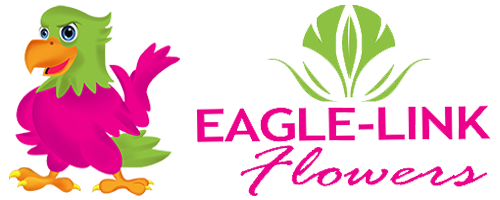
Importing cut flowers and foliage to Australia
Importing cut flowers and foliage to Australia, you will not usually need an import permit however your goods will be inspected on arrival in Australia and may require further treatment, export or destruction if they do not meet the conditions.
Import conditions
The department’s Biosecurity Import Conditions system (BICON) details the conditions for the importation of fresh cut flowers and foliage, including:
- permitted species from each country of origin
- off shore invertebrate pest management options
- pre-export inspection requirements
- pest proof packing requirements
- restrictions on and additional treatments for propagatable species, including devitalisation.
Details of the devitalisation process can be found in the imported cut flower devitalisation treatment guide.
Different import conditions apply to dried or preserved flowers and foliage, please refer to dried or preserved cut flowers and foliage for more information.
Personal use
Passengers arriving in Australia on aircraft or cruise ships can bring fresh cut flowers into Australia, but they are limited to the equivalent of six (6):
- small (shoe-box sixed) boxes
- florist packages
- bouquets.
You must declare all flowers and foliage on your incoming passenger card so that they can be inspected on arrival.
Commercial consignments
Cut flowers and foliage imported for commercial purposes must:
- be certified by the National Plant Protection organisation (NPPO) of the exporting country on a phytosanitary certificate that states the full botanical name including genus and species of the goods
- prepared for shipment using approved invertebrate pest management measures
- verified as free from live pests by the NPPO of the exporting country before export
- packed in pest proof packaging
- devitalised if they are propagatable species in accordance with the Cut flower devitalisation treatment guide.
Importing cut flowers and foliage to New Zealand
If you want to import fresh cut flowers and foliage for decorative purposes then you need to meet the biosecurity and plant health requirements.
Meet phytosanitary requirements
All imported cut flowers and foliage products need a phytosanitary certificate, which is issued in the country of production (the export country).
Phytosanitary requirements are listed in the import health standards (IHS) and Appendix 1 of the cut flowers and foliage IHS.
To meet the requirements you may need to complete some or all of these tasks before your products are shipped:
- inspection for pests and diseases
- fumigation
- treatment to prevent propagation into new plants (a process called devitalisation)
- arranging approved packaging and shipping materials that are free of soil or other contaminants
- labelling with the product’s scientific (genus and species) name
- meeting other requirements listed in the IHS
 English
English
 French
French
 German
German




